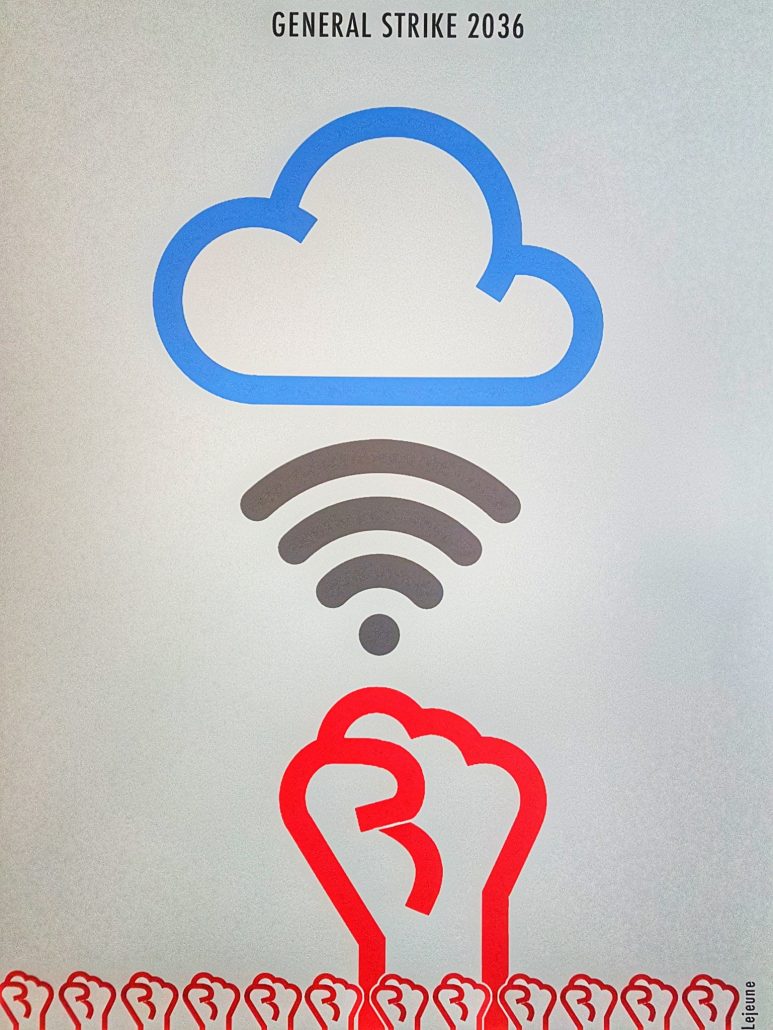New forms of digital work have emerged which, in theory, can be done from anywhere. Does this mean that geography no longer matters to digital work? Not exactly. My new chapter with Amir Anwar draws on our empirical research into digital labor to outline how geography still matters, and who it matters for in a world of increasingly digital work. The contemporary geography of digital labor can be used to exploit workers, but we also argue that it opens up distinct possibilities for digital workers to recreate their own worlds of work.
You can access a pre-publication version of the chapter below as well as a few paragraphs from the conclusions.
Graham, M. and Anwar, M.A. 2018. “Digital Labour” In: Digital Geographies Ash, J., Kitchin, R. and Leszczynski, A. (eds.). Sage. London.
Conclusions
The networking of the world has not rendered geography irrelevant – far from it. Clients now have access to a globally-dispersed pool of workers tethered to their homes because labor-power does still have to go home every night. This state of affairs presents a worrying and precarious situation for digital workers. In this chapter, we have argued that a spatial division of labor has been constructed in which digital labor is traded as a commodity at a global scale by placing workers into competition with one another in way that undermines the power of workers.
However, the geographic landscapes of digital labor that we see are not an inevitable outcome of the spread of digital technologies to every corner of the world. This chapter also argues that possibilities exist for what Herod (2001) refers to as ‘labor geographies’: spatial fixes created by and for workers that challenge the idea that atomized competition is an inevitability. Two very different ontologies – ‘digitally distinct space’ and ‘digitally augmented space’ – can be used to build those strategies.
This is not just an argument about semantics. Workers, unions, and regulators are all using outdated concepts to try and make sense of a contemporary world of work. If we are to build a fairer world of work, we are going to need new language and new concepts for networks, processes and organisations of digital labor, for strikes, for picket lines, and for coalitions of, and collaborations between, workers. These concepts will shape how we understand digital labor and how we envision ‘paths to the possible.’
Strategically deploying those spatial ontologies reveals sites at which the proactive geographical praxis of workers can reshape the geographies of labor. Workers do not necessarily need global campaigns to match the global reach of platforms and clients – instead, they need to understand the nodes at which the local can influence the non-local. Workers carry the power to dismiss the idea that digital labor represents a final hegemonic spatial fix in which they have no agency due to atomization and the commodification of work. Reconceptualizing the geographies of digital labor and digital labor geographies reveals remaining possibilities for collective action, for labor’s own spatial fixes, and for a reshaping of the very landscapes of digital work.
